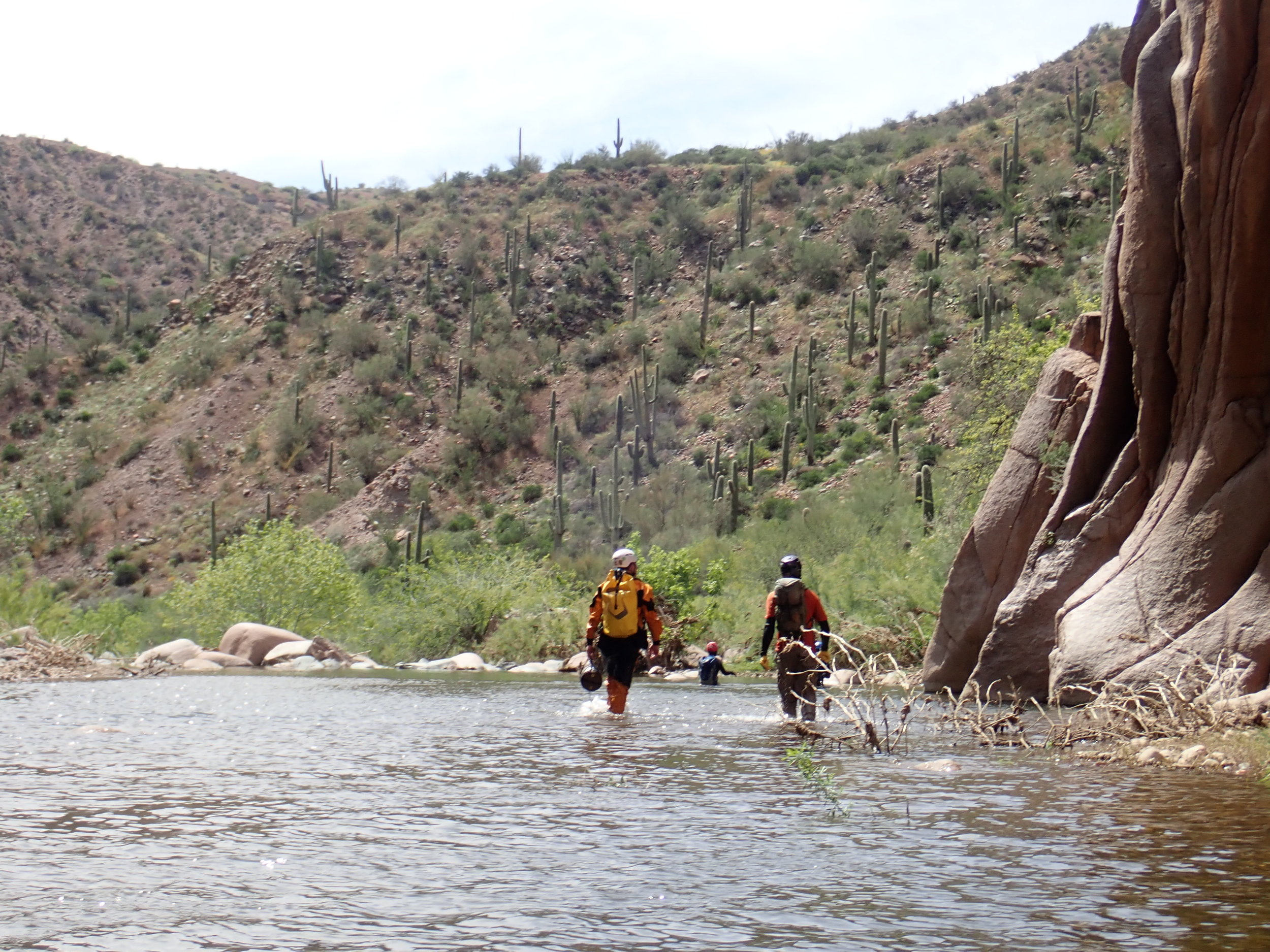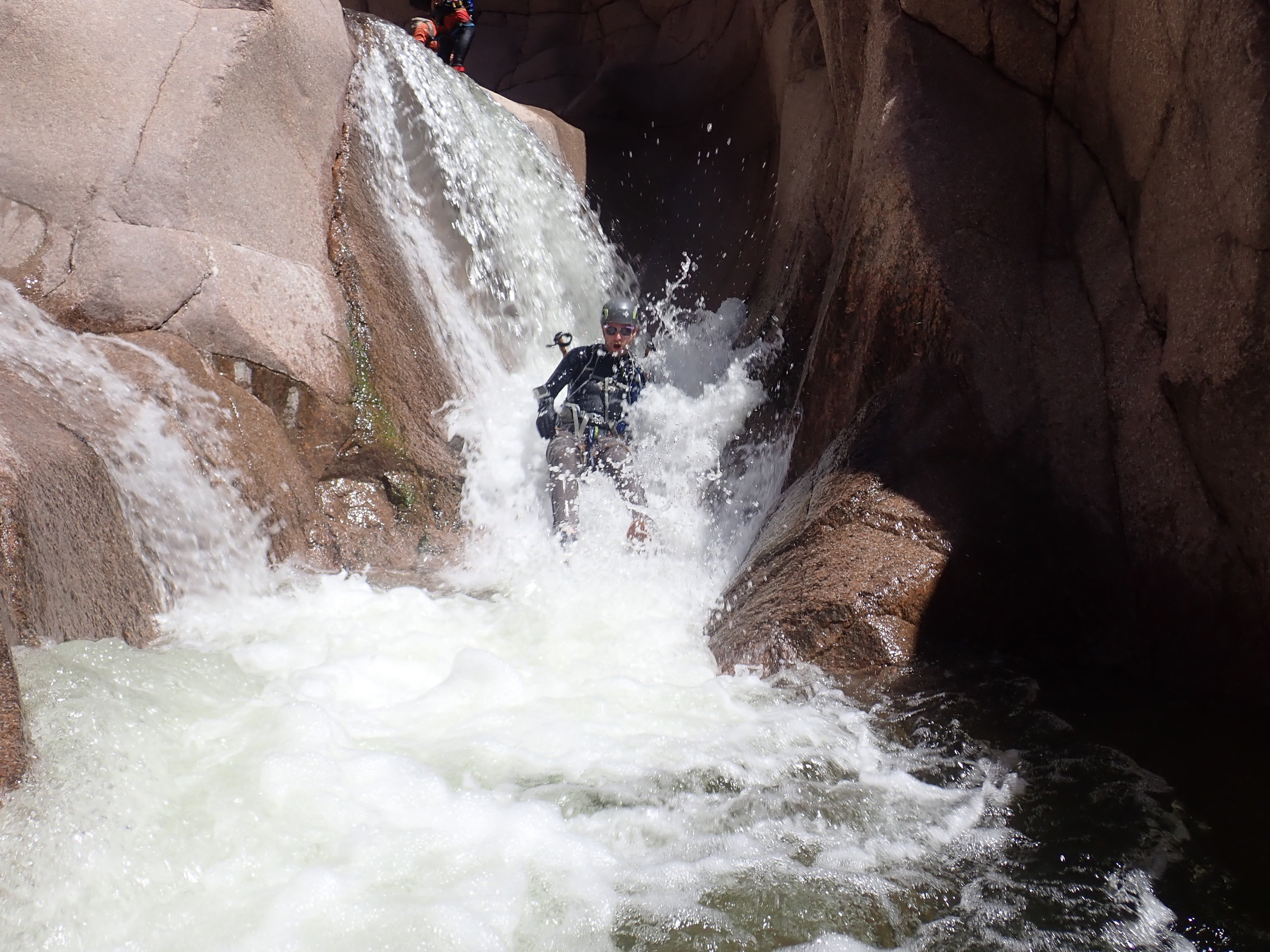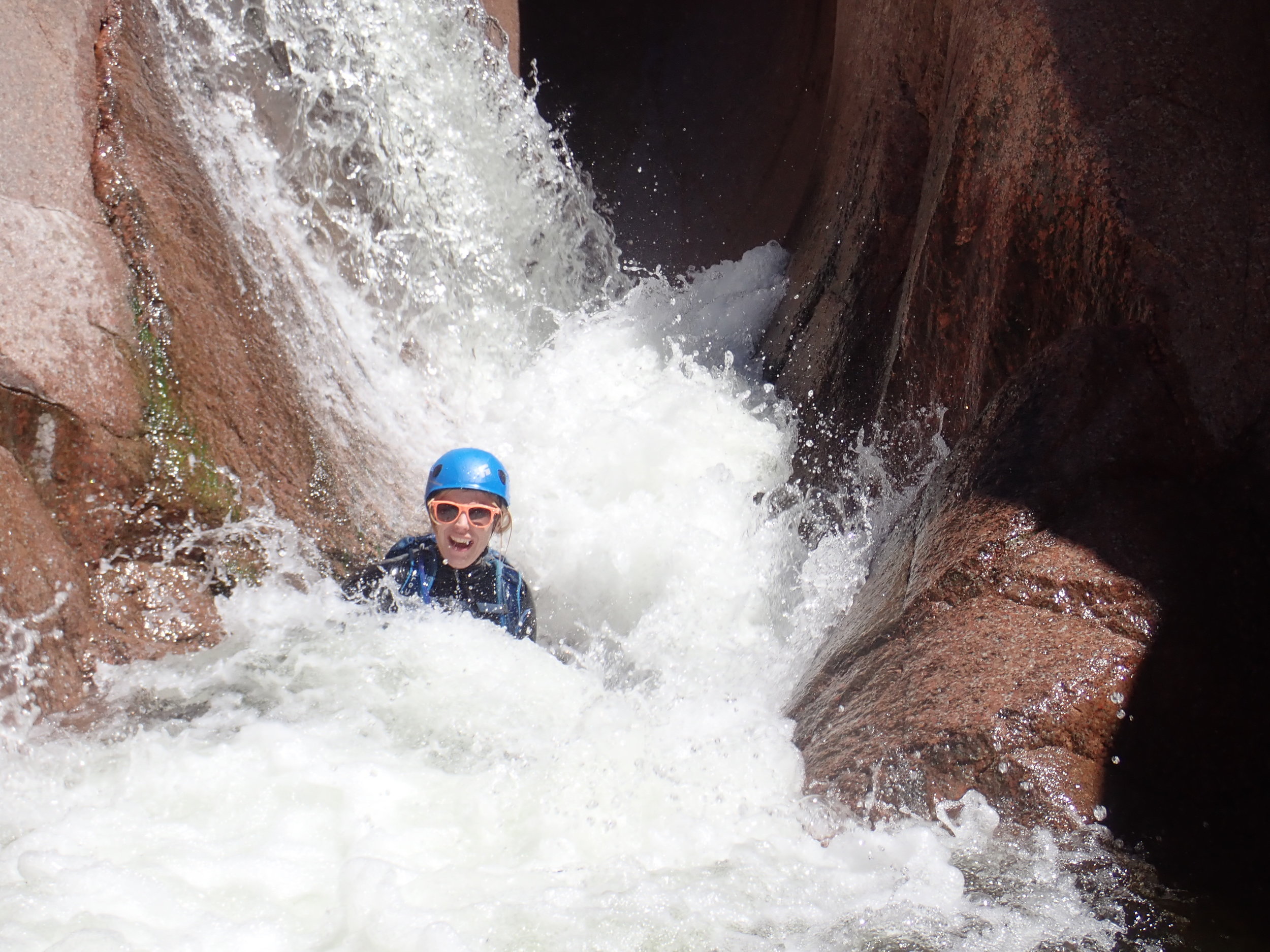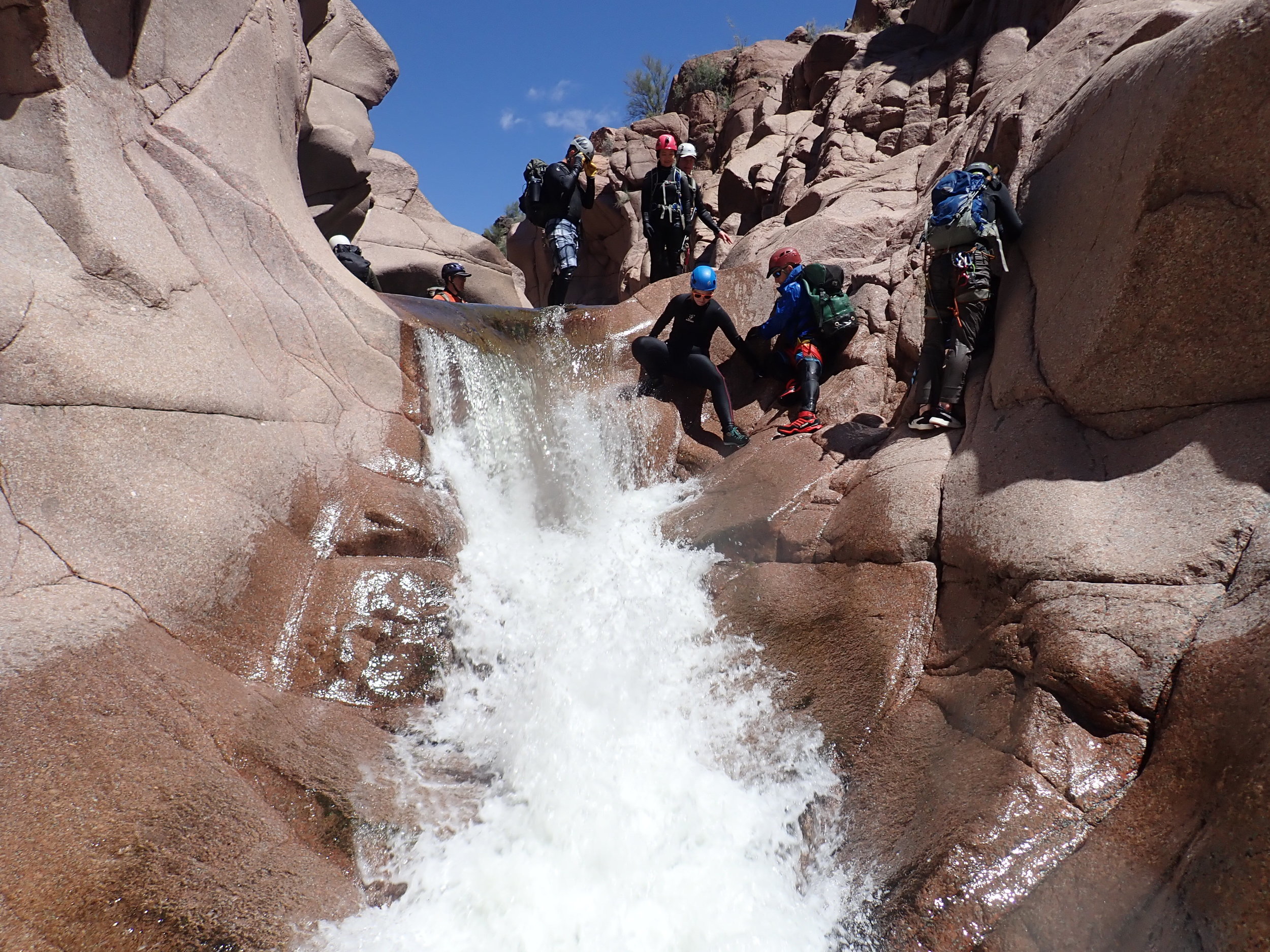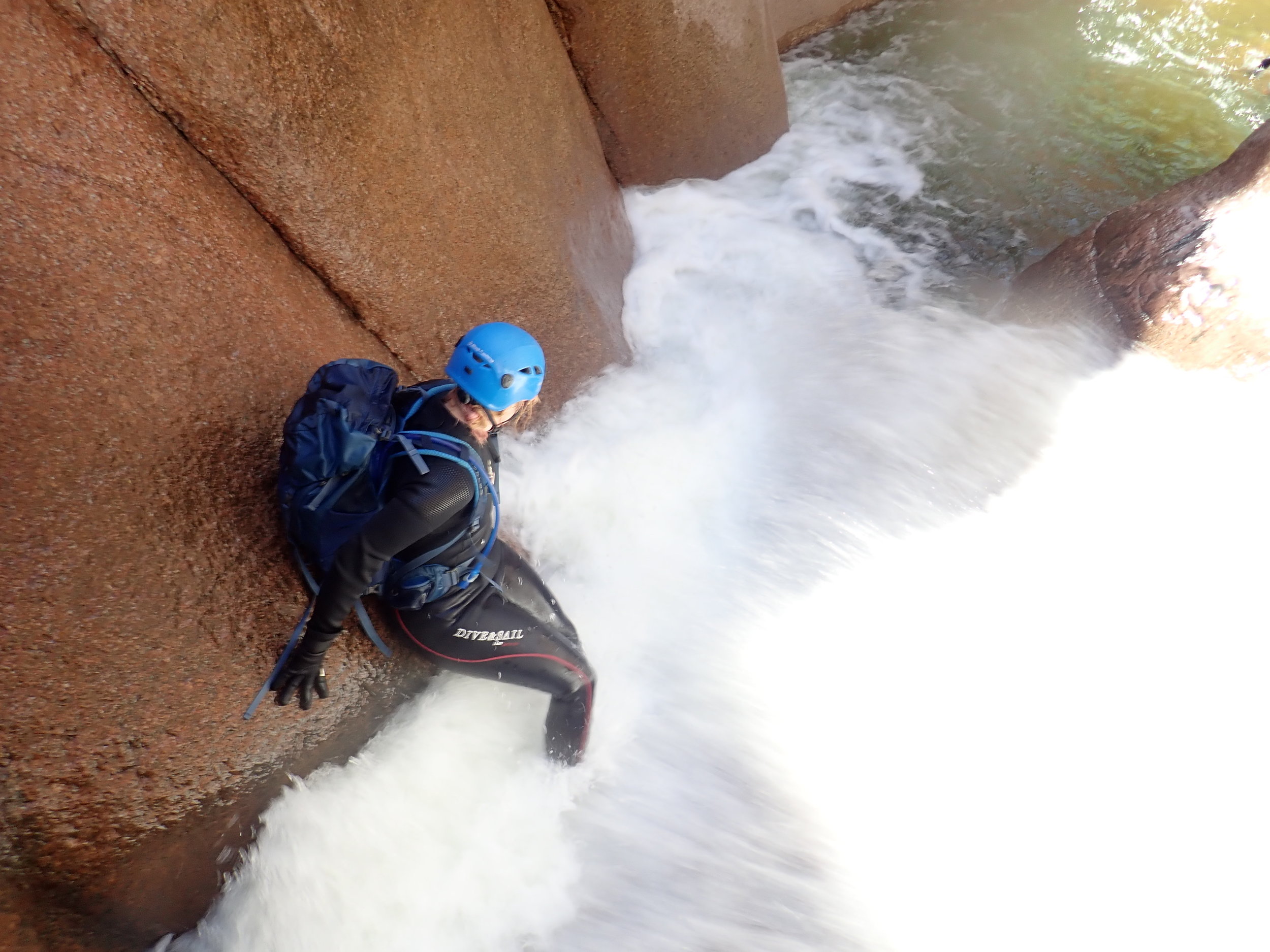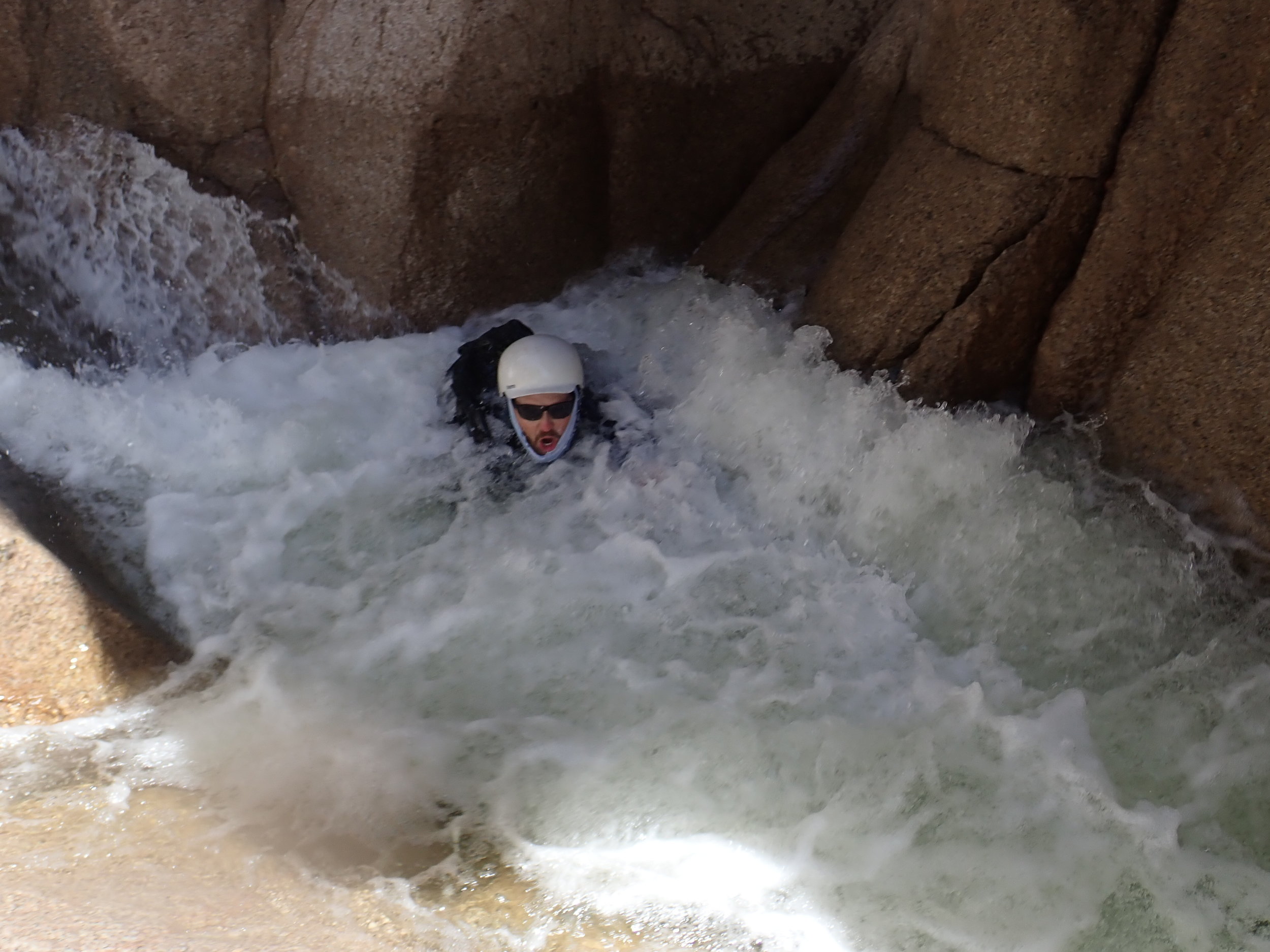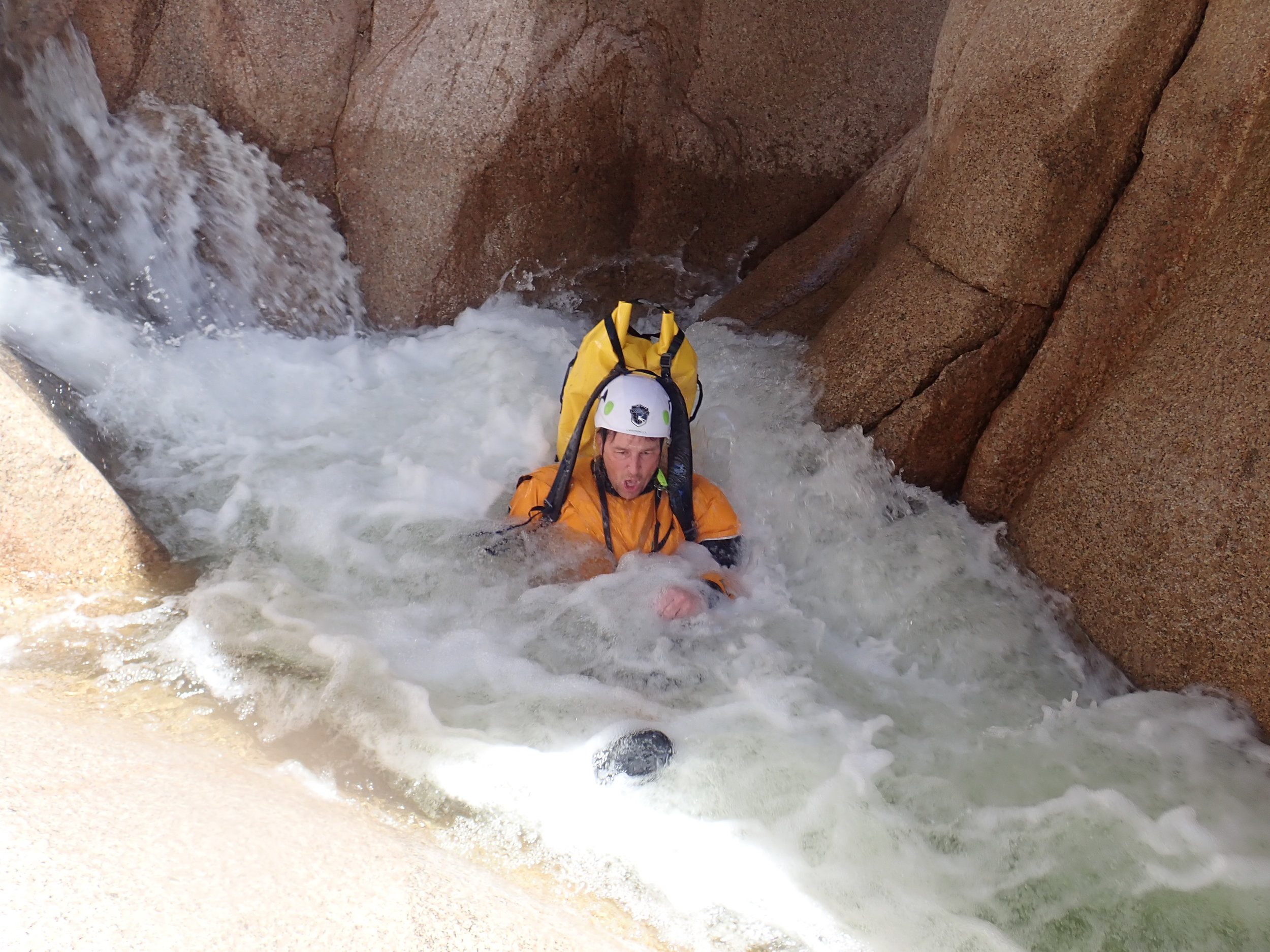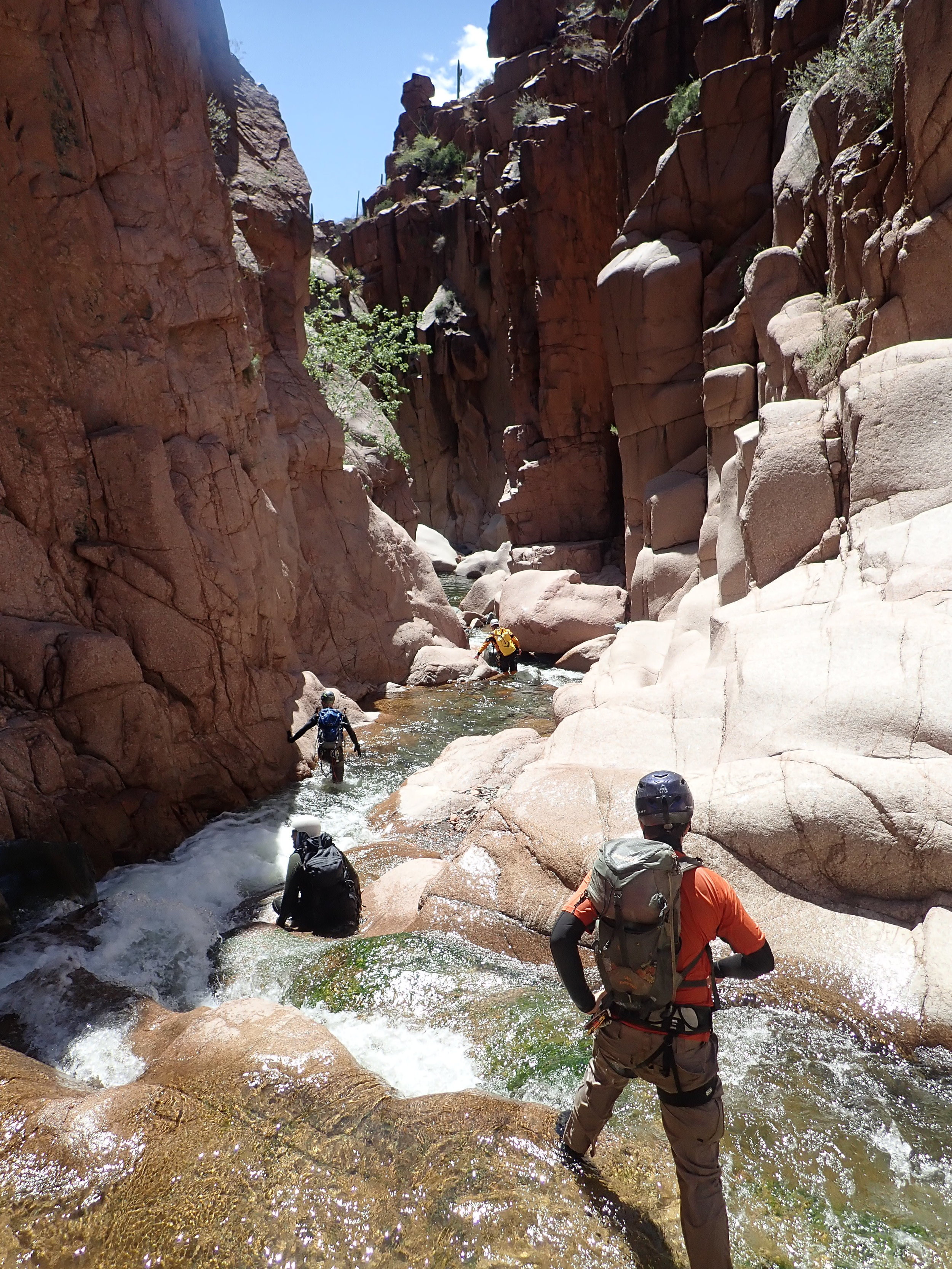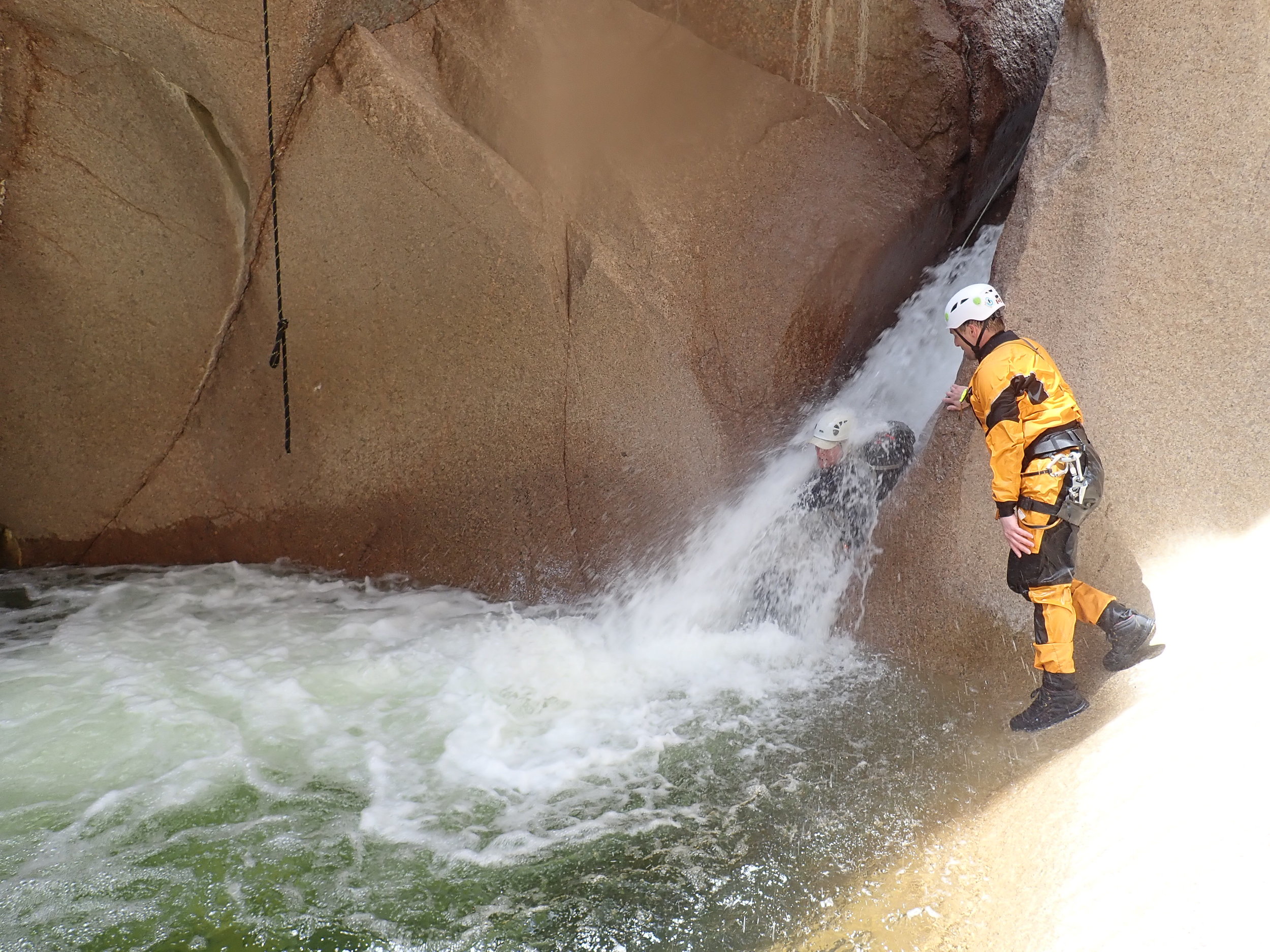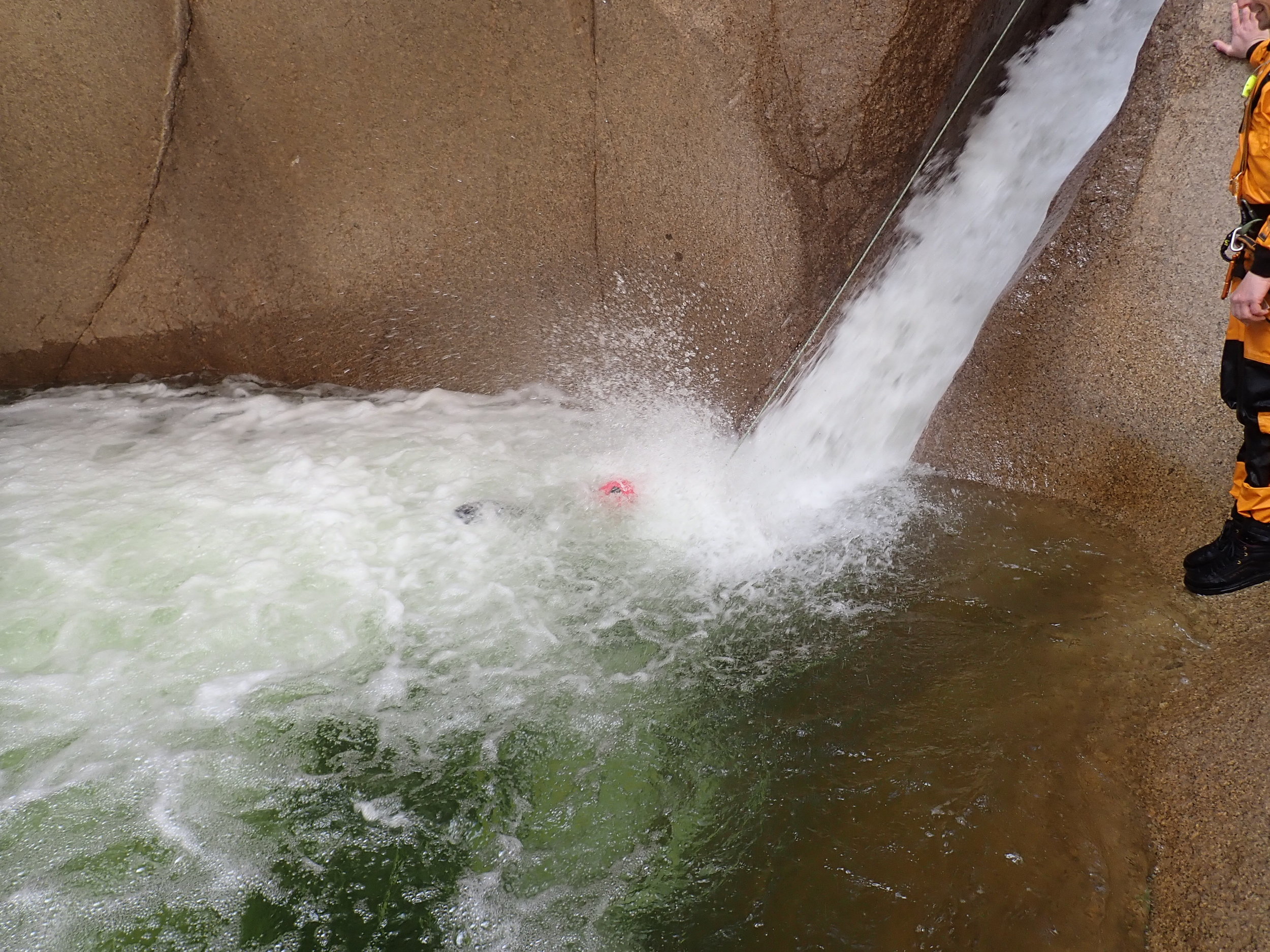Besides practicing endlessly there is periodization, competition planning, managing recovery and rest, technical considerations, and of course, diet. When a low performance diet meets a high performance athlete results inevitably plummet.
There is nothing worse than putting in the effort, sacrificing all the hours, and then sputtering along because you are running on low grade fuel. The reality is that trying to outwork a crappy diet means you have to work harder to improve (and why would anyone wanna do that?).
Here are 15 fast and proven tips from some of the top dietitians who work specifically with athletes to get your nutrition game strong.
1. Mind your greens.
For athletes the focus is almost always on carbs and protein. One provides the fuel, and the other provides the restorative power to heal our muscles and keep us training at a high level.
Which means that forgetting about our veggies can happen to even the most attuned athlete.
“We often forget that our body can’t properly use protein and carbohydrates without the micronutrients (vitamins and minerals) found in veggies,” says Cameron Noerr, a sports nutritionist who also formulates supplements for AthletEssence.
Protein and carbs are important, but so are the mineral and vitamins the facilitate their delivery and help to process them.
“You can do this by eating vegetables at every major meal, and try layering your vegetables. Have two or three different veggies at a time,” adds Noerr.
2. Crush some berries to boost recovery.
Want an easy and proven way to reduce soreness? Accelerate your recovery efforts between sessions in the gym by crushing some blueberries.
“Research has shown that when athletes consume berries around their workout they have better inflammation and immune responses to the workout compared to not eating the berries (this means better recovery and less chance that illness will put us out of training for a period of time), adds Noerr.
How much of em should you be stuffing in your face in order to see some of this good old recovery action take place?
“Eat 1-2 cups of berries a day to take advantage of these benefits.”
3. Use protein as the anchor for your meals.
As an athlete you already know the importance of crushing a fair amount of protein in order to keep your muscles recovering and prepared for battle.
“Use 20-30g of a lean protein as the anchor for each of your meals,” suggests Nate Dunn, M.S., USAC Level 1 and Certified Sports Nutritionist of Data Driven Athlete.
The lists of benefits of getting your protein in are substantial and are a bedrock part of the high performance athlete’s diet.
“Adequate protein intake maintains muscle, improves recovery, might improve cognition and sleep, and may keep you from getting sick,” adds Dunn.
4. Make it easier on yourself to succeed by cleaning up your environment.
The simplest way to make better food choices is by cleaning up your kitchen. Environment has been shown to be exceptionally powerful both in habit formation and in influencing our food choices, so why tempt yourself unnecessarily?
This could mean throwing out the crap food in your cupboards instead of having to drain yourself of willpower every time you open them.
It could also mean leaving out more of the foods you should be eating but currently aren’t (what you see is what you eat–science!).
“Set yourself up to not fail,” advises Jason Martuscello.
See Also: 12 Nutrition Tips for College Athletes
“Where you live largely determines what you eat. More than 75% of food you eat is within 3 miles of your home,” he adds. “Your eating habits are direct reflection of your 3 closest friends. Hang around with high-performing eaters.”
5. Take advantage of sleep to increase recovery.
If you’ve hung around these parts you know that sleep is a crazy powerful weapon in your training arsenal. Not only do you recover faster for the next bout of workouts, but adequate sleep also means you are not a crabby jerk-face. (See: 15 Sleep Strategies for High Performance Athletes.)
“The biggest missed anabolic opportunity athletes miss is while sleeping,” notes Martuscello.
Instead of using your sleepy time for solely catching up on your Z’s, you can help charge the recovery process overnight by consuming some pre-bed, slow digesting protein.
“These protein sources before bed will turn what is an otherwise catabolic 8 hours into productive recovery, repair and growth. If you want to take it to the next level, plan a meal in the middle of the night.”
6. Get some creatine in ya.
Creatine has long been touted and recognized as one of the safest and most effective supplements on the market.
“Even the ladies should be supplementing with it,” says Cara Axelrod RD, LD/N, CISSN.
“Creatine is found naturally in the human body and is important for the transport of energy within cells,” she adds. If you want to train a little bit harder, for a little bit longer and with less recovery time, than creatine is a no-brainer.
So how much should you be taking for peak effectiveness?
“Three to five grams of creatine monohydrate daily is best; take it before or after training,” adds Axelrod.
7. Avoid the hype around the low carb diets.
Michelle Adams, a strength coach, certified sports nutritionist and former figure competitor notes that it is important that athletes understand that they are eating for performance, and not for weight loss.
This means avoiding the low carb, high fat diets that are going around right now.
“Carbohydrates won’t kill you, but they can and will improve your performance –especially if your sport is high intensity or if it requires maximal or near max efforts,” says Adams.
Avoiding carbs can have the decimating effect of leaving you struggling to maintain peak performance in the gym, on the field, and in the pool.
“Consuming carbohydrates in and around your training will keep you performing at your best. Throw in some carbs after training to help boost your immune system and speed your recovery so you’ll be prepared for your next session,” she notes.
8. Battle inflammation au naturel.
As a high performance athlete you understand that between workouts is a race to reduce inflammation so that you can come back at peak strength to dominate the next workout.
“Every time we exercise we induce physiological stress that causes inflammation. The quicker the inflammation goes down, the quicker our recovery time,” says Emily Parsons, a sports nutritionist who works out of Orlando’s Spectrum Sports Performance Center.
Emily’s favorite breakfast to battle inflammatories? This simple little bad boy:
Southwest Scramble: 2 eggs, 1/4 tsp turmeric, 1/2 cup chorizo, 2 tbs salsa, 1/2 avocado
9. Optimize your blood sugar levels for better performance.
If you are ready to take your nutrition to the next level, than start paying more attention to how you combo-up your meals so that you can maximize how you are performing and how you are sleeping.
“Did you know that eating certain foods can optimize your blood sugar and improve athletic performance markers?” rhetorically asks Bob Seebohar, CSCS, sports nutritionist, and holder of more titles than I can literally fit into this post.
(Here just a few: Sports dietitian for the US Olympic committee, former Director of Sports Nutrition for the University of Florida, dietitian on the 2008 US Olympic team, personal sports dietitian for the Olympic Triathlon team, among a host of others).
“Specifically, combining sources of protein, fat and fiber at almost every feeding will optimize blood sugar. This allows the body to use fat as energy and preserve valuable carbohydrate stores,” adds Seebohar, who is also the owner/founder of eNRG Performance.
But the benefits don’t stop there, as optimizing your blood sugar can also help you sleep better, which in turn further helps increase recovery during hard bouts of training and competition.
“The next time you eat, think protein + fat + fiber. Aim for good sources of protein such as eggs, beef or chicken. Fat is usually found in protein rich foods but can also be added through foods like avocados and olives and the use of coconut and olive oil. Fiber can be any vegetable, fruit or whole grain,” says Seebohar.
10. Eat to train.
Athletes don’t eat to look good necessarily, but rather, they eat so that they can kick a metric ton of butt-butt when they step out to train or compete.
For many young athletes who fall into the social media compare-a-thon they can lose touch with what they are trying to accomplish when they sit down to eat and instead start thinking about eating to lose weight.
“Never fall into the trap of starving yourself to lose weight,” says Josh Mathe, CSCS, CISSN, PES, author and ultra-endurance athlete.
This means that you need to view your food choices as tactical decisions, and not as something where you want to be cutting corners on in order to achieve an aesthetic look.
“As an athlete you are asking your body to perform and in order to do so, your furnace needs fuel. If you don’t consume enough calories to maintain basic body functions and hit the training hard, you won’t progress as an athlete,” he adds.
11. Don’t be so weary of salt.
Because of the very real risks of hyper-tension or super processed diets the general population is taught to avoid foods that are high in salt content.
The dietary demands of high performance athletes–particularly those in warmer climates and for those who emerge from the gym looking like they went for a dip–means they need to be mindful of their sodium and electrolyte intake.
The reason being? (It’s a good one…)
To help avoid cramps and decreases in performance.
You can combat this in a few different ways, my sweaty-sweaty little friend:
“Electrolytes, such as magnesium and potassium, are abundant in green leafy vegetables and fruits,” notes personal trainer and yoga instructor Carrie Hogan, who is also a graduate of the International Society of Sports Nutrition.
Athletes (should) already know the importance of staying hydrated, but “adding a pinch of unrefined sea salt to each 1L of water can help prevent excess loss of salts from sweating,” notes Hogan.
You can also take the salt battle to the dinner table.
“Seasoning your meals is also a simple go-to! If you suffer from cramps, adding more unrefined sea salt to your diet can be a delicious, quick fix.”
12. Rest and digest!
We live in a fast pace world. We have a limited amount of time each day to work, play, and train our butts off.
As a result, many of us power through our meals as though they owe us money, leaving us feeling not so hot in the digestive parts.
“How you are eating is just as important as what you are eating,” says Keri Gaul, CISSN and owner of The Ripple Effect LLC. “Not properly digesting food and supplements may prevent absorption of key nutrients and leave you with gas, bloating, cramps or other more serious digestive issues over time.”
Athletes tend to lean towards eating ravenously; 2-3 hour-long workouts tend to create this state, so it’s understandable that they’ll dive face first into that massive bowl of pasta after a massive workout.
Take a breath. And chew, advises Gaul.
“Chew each bite 25-50x’s so it mixes with your saliva and kick-starts your digestive process. Consider a quality digestive enzyme and probiotic to help maintain healthy digestion,” she adds.
13. Prep your meals.
High performance athletes understand that periodization and preparation is everything when it comes to training. This kind of planning and evaluation should extend to the way you are fueling yourself.
Do this by having your meals ready to rock before you stumble in the door after a day of crushing workouts.
See Also: The Ridiculous Power of Meal Prep
Planning and prepping your meals ahead of time insures that you are making better choices. After a long day of up to 6 hours in the pool and the gym the last thing I wanted to do was prepare a meal. And so what happened? The convenience of the less healthy options almost always won out.
Have the humility and self-awareness to understand that–to quote Snickers–you aren’t yourself when you are hungry.
Combine that hunger with fatigue and you, my high performing friend, are not to be trusted in the fridge.
Have your dinners planned out and prepped ahead of time so that the convenient option becomes the healthy option.
14. Stay consistent on game day.
On the morning of game day is not the time to start playing around with your nutrition. The last thing you need when you are stepping out onto the court, onto the field or behind the blocks and having your tummy do a double-pike somersault.
Of course, there are always going to be the games and competitions where you are away from the comfortable confines of your refrigerator. Some simple planning can ward this off, and keep you and your tummy game ready.
15. Track and monitor your nutrition.
The easiest way to really stay on top of your nutrition is to keep a food journal.
Yes, it might sound tedious, or like “homework”, and it is just one more thing to remember to do in a long list, but it will give you a very accurate overview of how you are actually eating, while also helping you connect the dots between periods in your training where you feel particularly lethargic or weak.



































